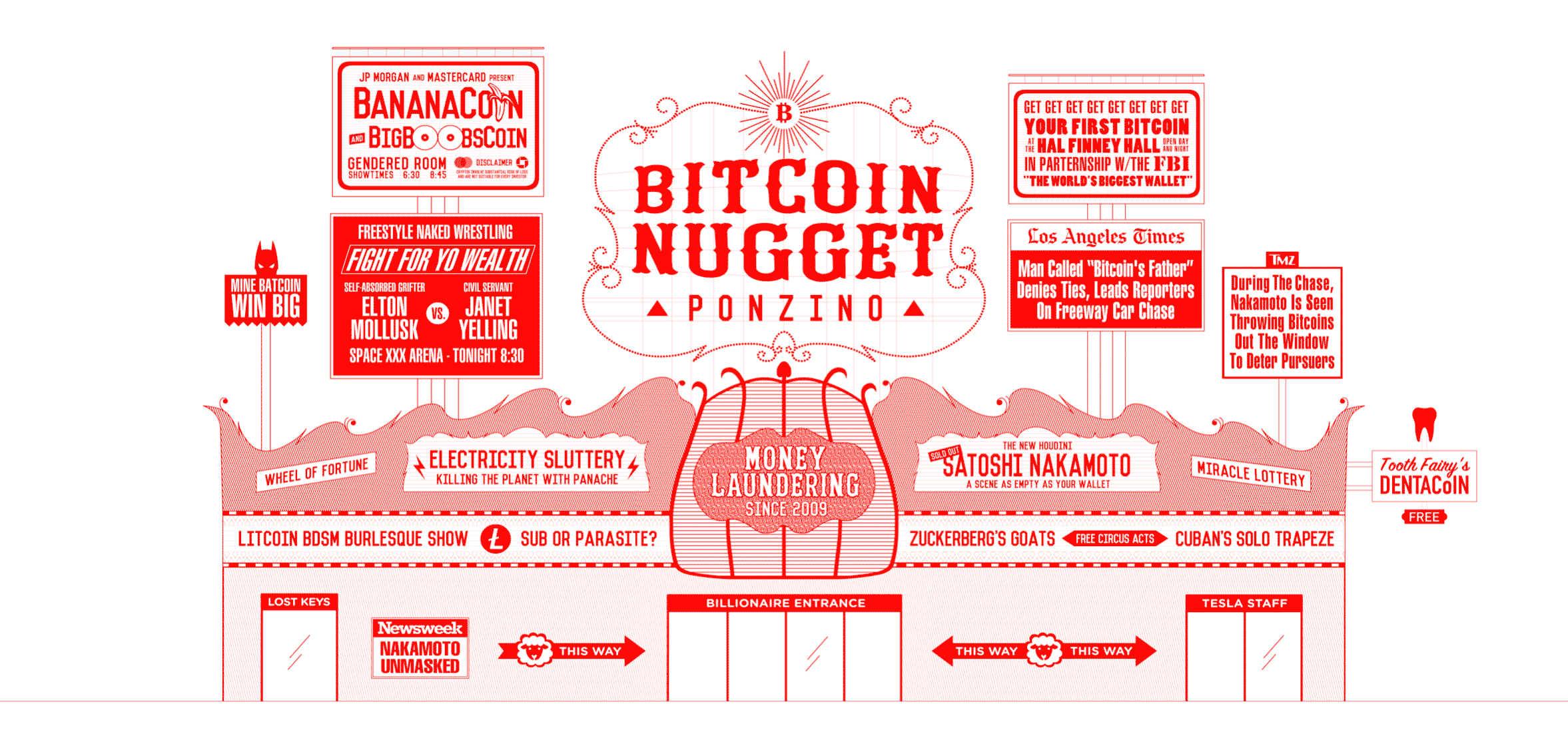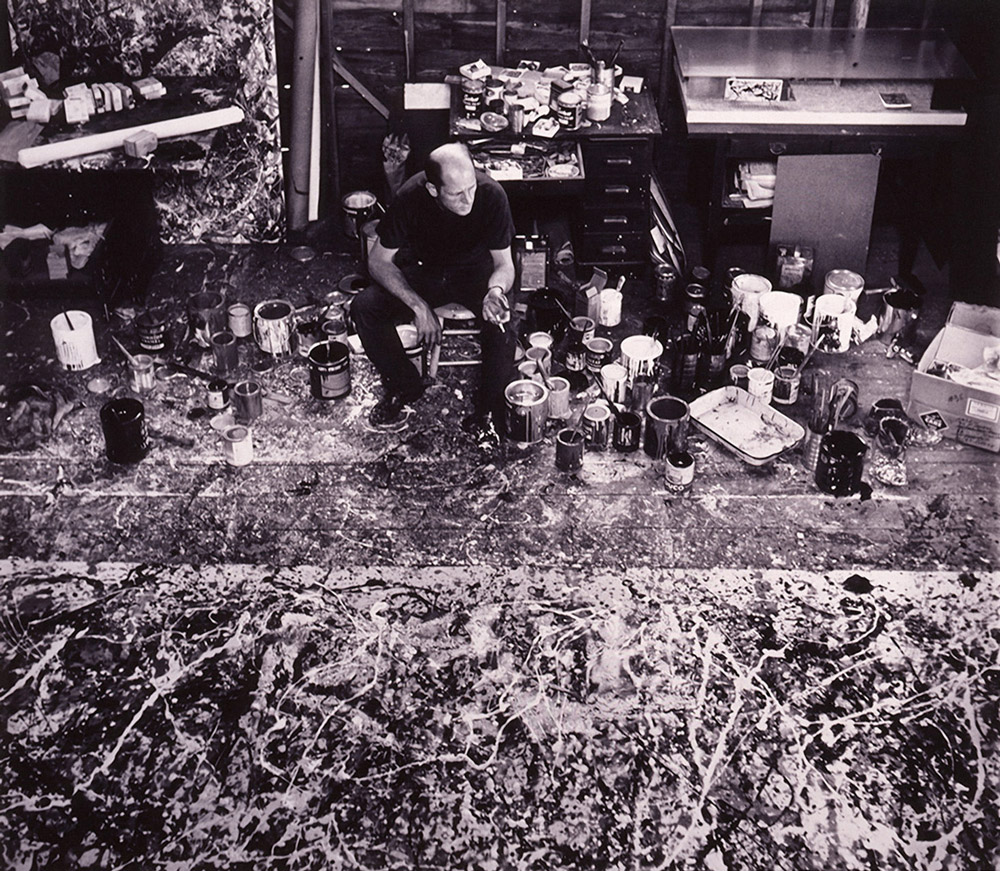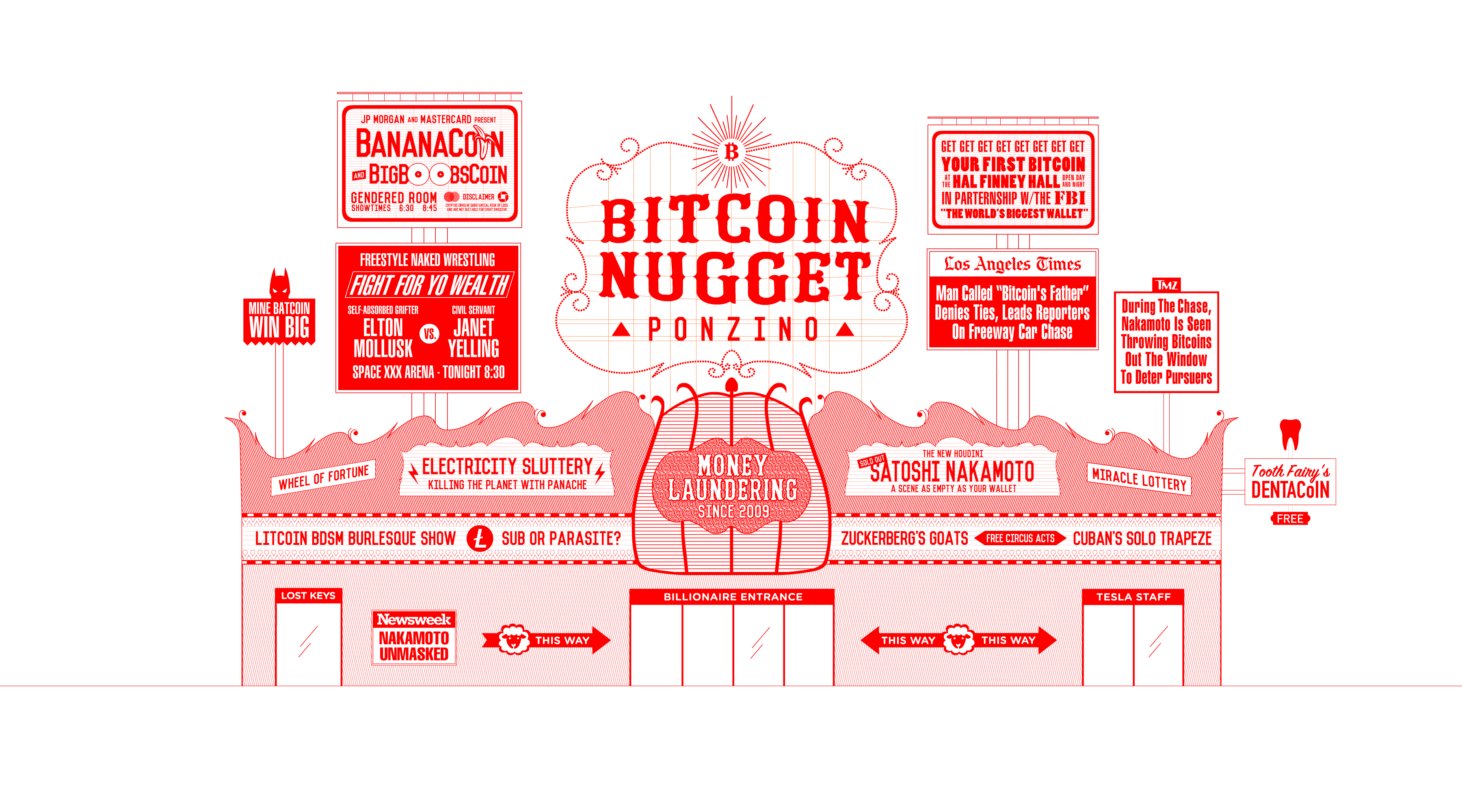I am out of office and will not get back to you even when I return
…Axie is tied to crypto markets. Players get a few Smooth Love Potion (SLP) tokens for each game they win and can earn another cryptocurrency, Axie Infinity Shards (AXS), in larger tournaments. The characters, themselves known as Axies, are nonfungible tokens, or NFTs, whose ownership is tracked on a blockchain, allowing them to be traded like a cryptocurrency as well. […]
Axie’s creator, a startup called Sky Mavis Inc., heralded all this as a new kind of economic phenomenon: the “play-to-earn” video game. “We believe in a world future where work and play become one,” it said in a mission statement on its website. “We believe in empowering our players and giving them economic opportunities. Welcome to our revolution.” […]
Andrew Yang called web3 “an extraordinary opportunity to improve the human condition” and “the biggest weapon against poverty that we have.” By the time Yang made his proclamations the Axie economy was deep in crisis. It had lost about 40% of its daily users, and SLP, which had traded as high as 40 cents, was at 1.8 cents, while AXS, which had once been worth $165, was at $56. To make matters worse, on March 23 hackers robbed Sky Mavis of what at the time was roughly $620 million in cryptocurrencies. Then in May the bottom fell out of the entire crypto market. AXS dropped below $20, and SLP settled in at just over half a penny. Instead of illustrating web3’s utopian potential, Axie looked like validation for crypto skeptics who believe web3 is a vision that investors and early adopters sell people to get them to pour money into sketchy financial instruments while hackers prey on everyone involved.




















